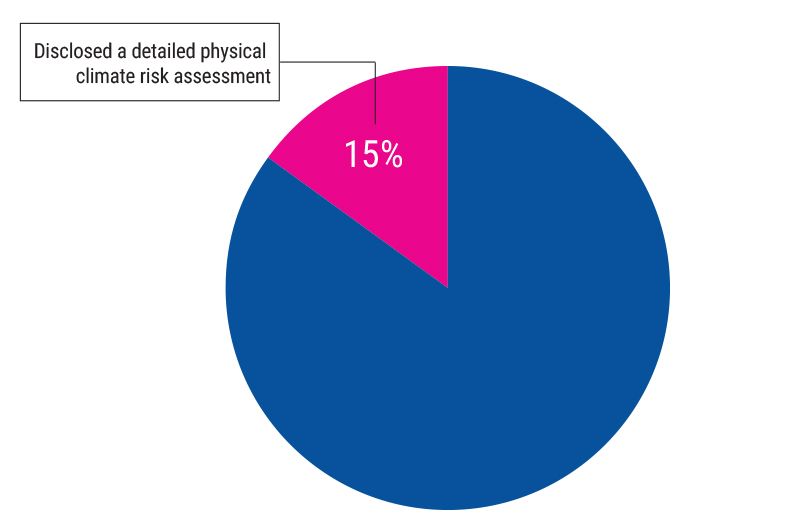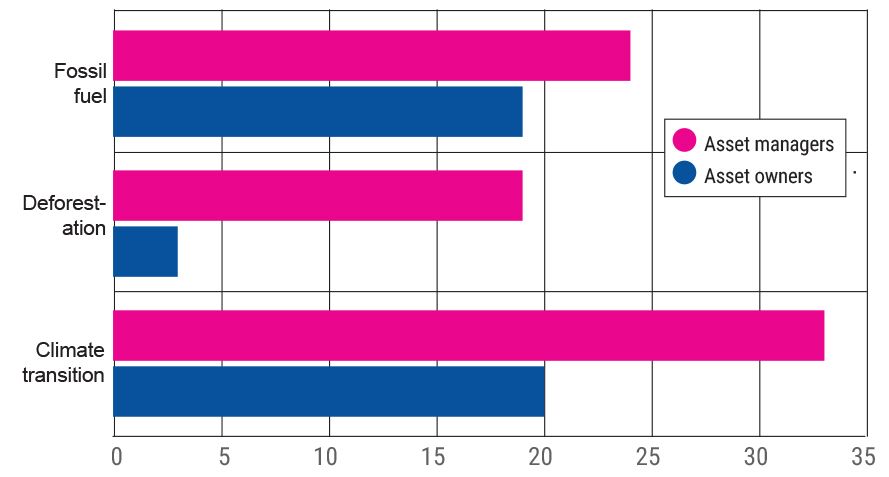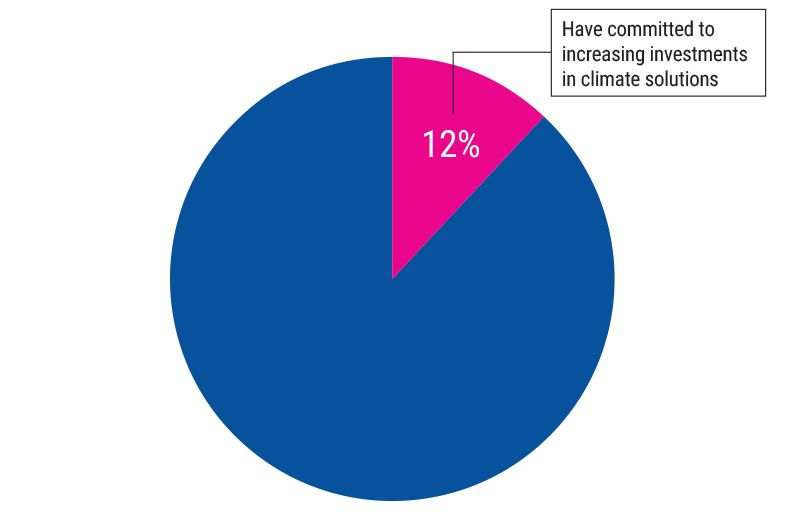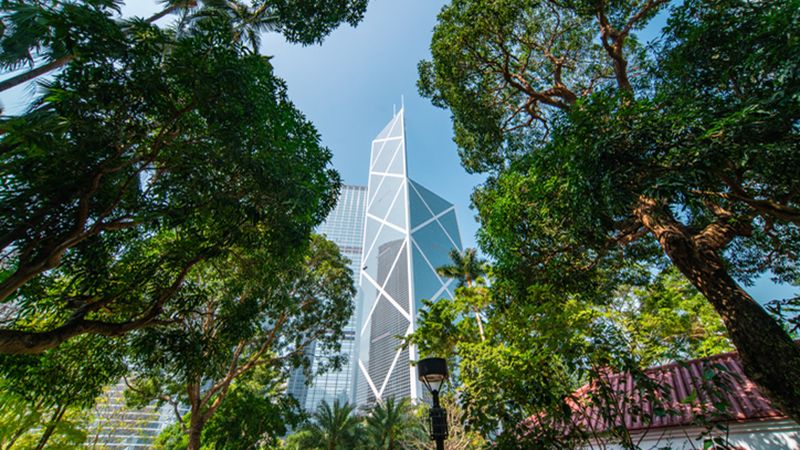Investors in Asia should prioritise assessing physical risk, and adjusting fossil fuel and deforestation policies in order to mitigate climate risk, a report by the Asia Investor Group on Climate Change (AIGCC) has found.
Although Asia’s investors are making progress on climate targets, challenges remain in reaching 1.5 degrees climate goals, the report State of Net Zero Investment in Asia said. It revealed although approximately 70% of Asia’s investors recognise the material risks and opportunities associated with climate, many still struggle to effectively manage these risks and opportunities. The findings draw on data from over 200 asset owners and managers with more than $76trn (£60trn) assets under management, all of which are headquartered in the region.
The report identified five priorities for Asia’s investors to protect beneficiaries from climate risks.
The first is physical risks – specifically physical damage and disruption from climate change – has not gained attention among Asia’s investors. Of the 200 investors, only 15% disclosed a detailed physical climate risk assessment to drive adaptation and resilience across their portfolios.
Percentage of investors prioritising physical risks

Second, fossil fuel approaches are concerning. Asia is largely reliant on fossil fuels, however, only 24% of Asia’s asset managers and 19% of asset owners have investment policies on fossil fuels. Despite this, there has been an increased participation from various investors through AIGCC’s policy roundtables and direct engagements.
The third is deforestation, where progress remains slow, with only 3% of asset owners choosing to incorporate deforestation into their investment approaches.
Percentage of investors prioritising fossil fuel, deforestation and climate transition

Fourthly, investments in climate solutions have gained interest. It is estimated that Asia needs $71trn (£56trn) to achieve net-zero carbon emissions by 2050, and investors have started to allocate capital to low-carbon companies and clean energy solutions. Yet, only 12% of investors have committed to increasing investments in climate solutions.
Percentage of investors prioritising climate solutions

Investor climate transition planning is the fifth and final priority for Asia’s investors. AIGCC’s report found that 33% of asset managers and 20% of asset owners have a climate action plan.
Overall, AIGCC’s research suggest that Asia’s investors have momentum in setting climate strategies and short-term targets, yet, critical action is needed to accelerate the net-zero transition.
Rebecca Mikula-Wright, chief executive of AIGCC, said: “Institutional investors know that climate risks and opportunities are financial risks and opportunities. Asset owners, as stewards of capital, hold the power to accelerate the energy transition. Now is the time for them to act and lead by example in their respective markets and transition, not only their portfolios but whole economies, to net zero.”








